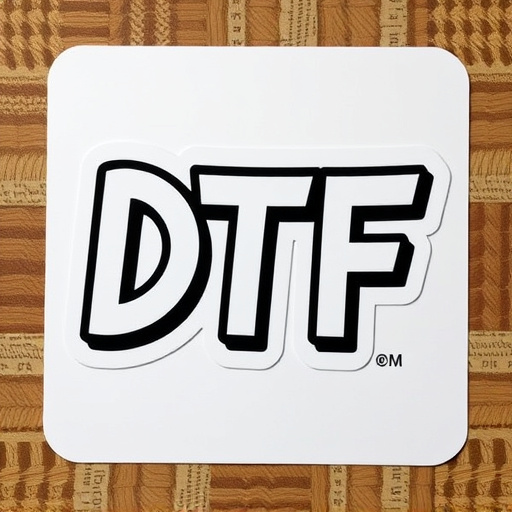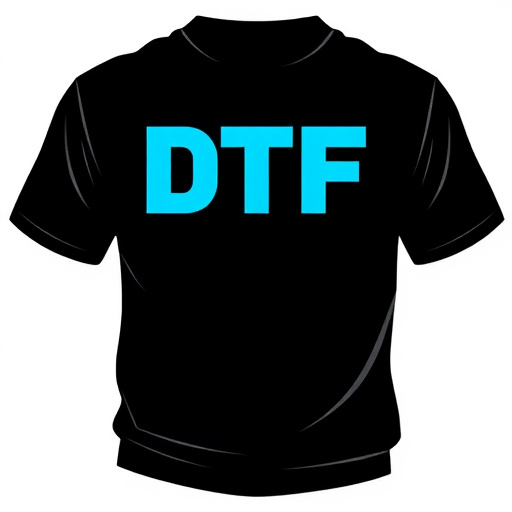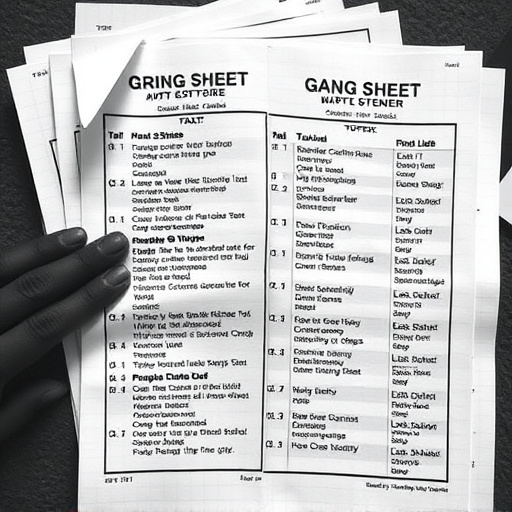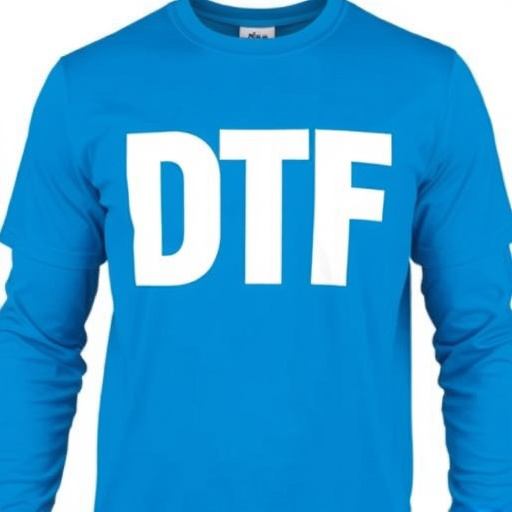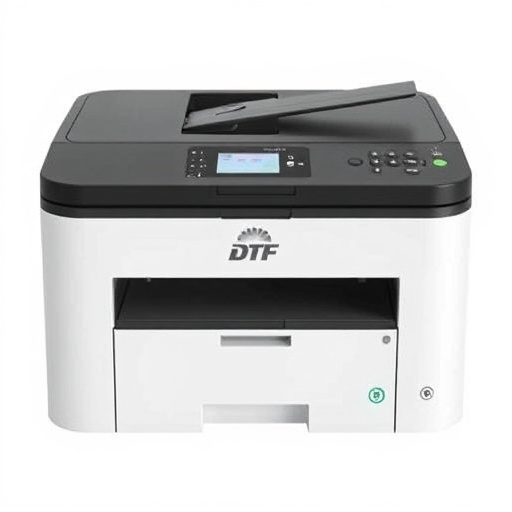Mastering Direct to Fabric (DTF) printing involves understanding fabric specifications, ink types, and equipment, along with careful file preparation for optimal print quality. Designers should ensure their artwork meets high-resolution standards (300 DPI or higher) in vector formats like SVG or EPS, use CMYK color mode, and avoid vibrant screen colors. Pressing techniques, including direct contact and pressure-sensitive adhesive films, are crucial for achieving flawless DTF transfers, with success depending on precise temperature and pressure control. Following these guidelines ensures DTF transfers are ready to press, resulting in high-quality, vibrant prints on various fabrics.
Designing for DTF (Direct-to-Film) transfers that are ready to press is a precise art. This guide walks you through the crucial steps to ensure your designs translate seamlessly into high-quality, market-ready products. From understanding the DTF process and its unique requirements, to preparing your design for optimal print and pressing techniques for perfect results, this article equips you with the knowledge to create stunning DTF transfers.
- Understanding DTF Transfer Process and Requirements
- Preparing Your Design for Optimal Print Quality
- Pressing Techniques for Perfect DTF Transfers
Understanding DTF Transfer Process and Requirements
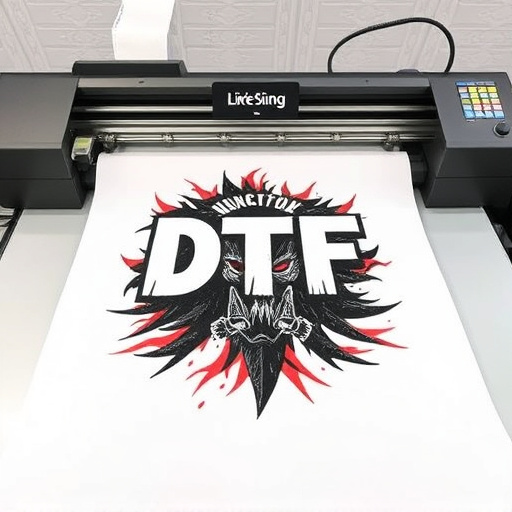
Understanding the DTF (Direct to Fabric) Transfer Process is key to creating high-quality, ready-to-press designs. This digital printing method involves transferring ink directly onto a fabric surface using heat and pressure, offering a fast and efficient way to produce custom garments or textiles. To achieve optimal DTF print quality, designers need to consider the specifications of their chosen fabric, ink types, and printing equipment. The process requires careful preparation, including designing with the right resolution, color modes, and file formats suitable for DTF garment printing.
Additionally, understanding turnaround times is essential. Many DTF transfer services offer fast dtf fast delivery, which can be a significant advantage for businesses or individuals needing quick production turns. By knowing the process and requirements, from file preparation to ink selection, designers can ensure their DTF transfer ready to press projects meet high standards and result in vibrant, long-lasting prints on various fabrics.
Preparing Your Design for Optimal Print Quality
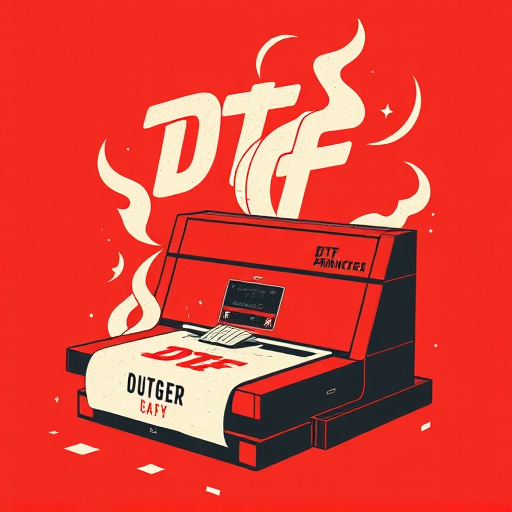
To ensure your DTF transfers achieve optimal print quality, careful preparation of your design is paramount. Start by ensuring your artwork is at the correct resolution—typically 300 DPI or higher—and saved in a vector format like SVG or EPS. This guarantees crisp lines and precise detail reproduction on the final product.
Next, consider color profiles. Use CMYK color mode for printing-ready designs as this matches the colors accurately with the printing process. Avoid using vibrant colors that might look good on screens but can result in less than ideal outcomes when printed onto the DTF transfer film. By adhering to these guidelines, you’ll be well-prepared for the DTF printing process and end up with high-quality, visually appealing transfers ready to press.
Pressing Techniques for Perfect DTF Transfers
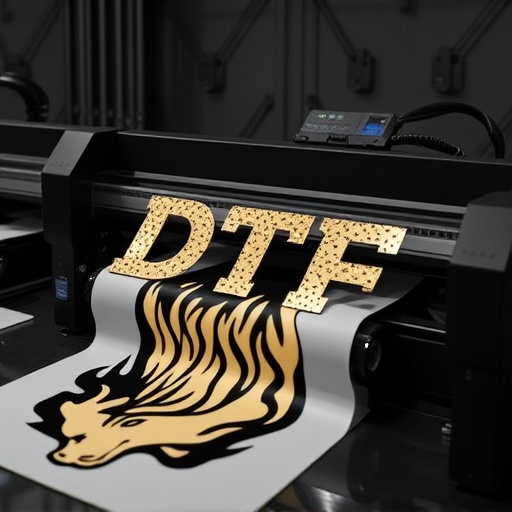
Pressing techniques play a pivotal role in achieving flawless DTF (Direct to Fabric) transfers on your designs. The process involves applying heat and pressure to ensure the ink adheres perfectly to the fabric, creating long-lasting, vibrant prints on dtf printed shirts or other materials. For optimal results with high quality dtf transfers, it’s essential to invest time in understanding different pressing methods.
One common technique is the direct contact method, where the iron makes direct contact with the printed area for a precise and even heat application. This is ideal for delicate designs that require careful handling. Another approach is the use of pressure-sensitive adhesive films or blankets, which provide consistent pressure across the entire print, suitable for larger or more intricate dtf transfer printing projects. Remember, the key to success lies in controlling both temperature and pressure, ensuring your iron or press is set at the appropriate settings for your specific fabric type and ink system.
Designing for DTF (Direct to Film) transfers that are ready to press requires a keen understanding of the process and meticulous preparation. By mastering the art of design optimization, pressing techniques, and meeting material requirements, you can create high-quality, vibrant transfers that excel in both appearance and durability. With these tips in hand, you’re now equipped to turn your designs into impressive, ready-to-press DTF artworks.









